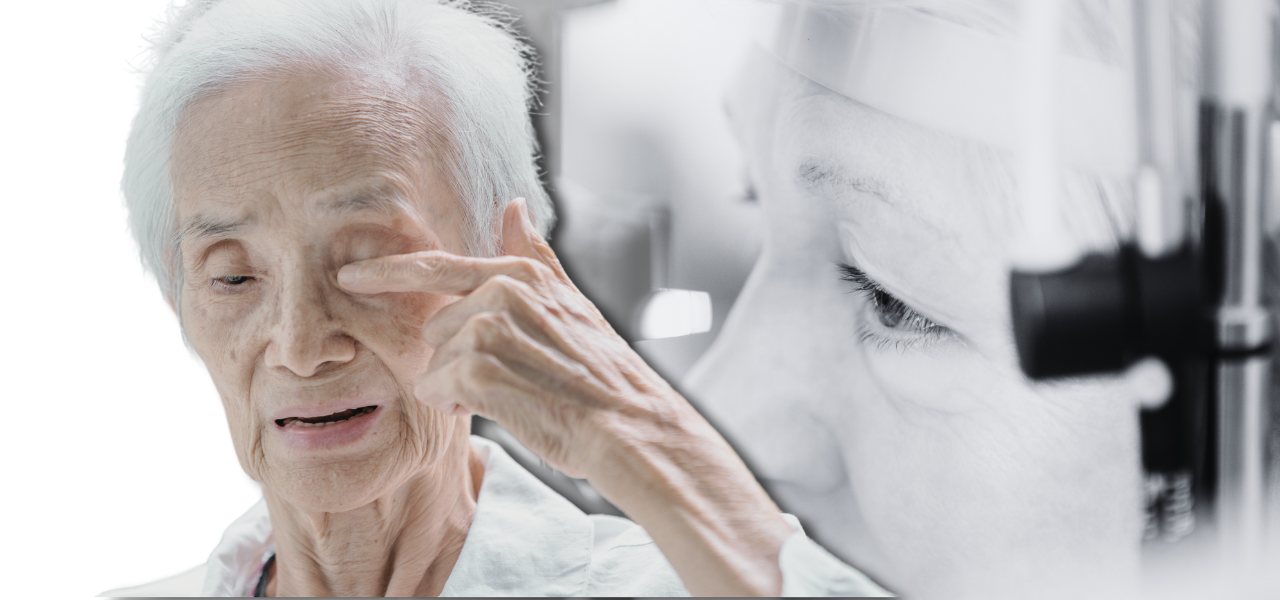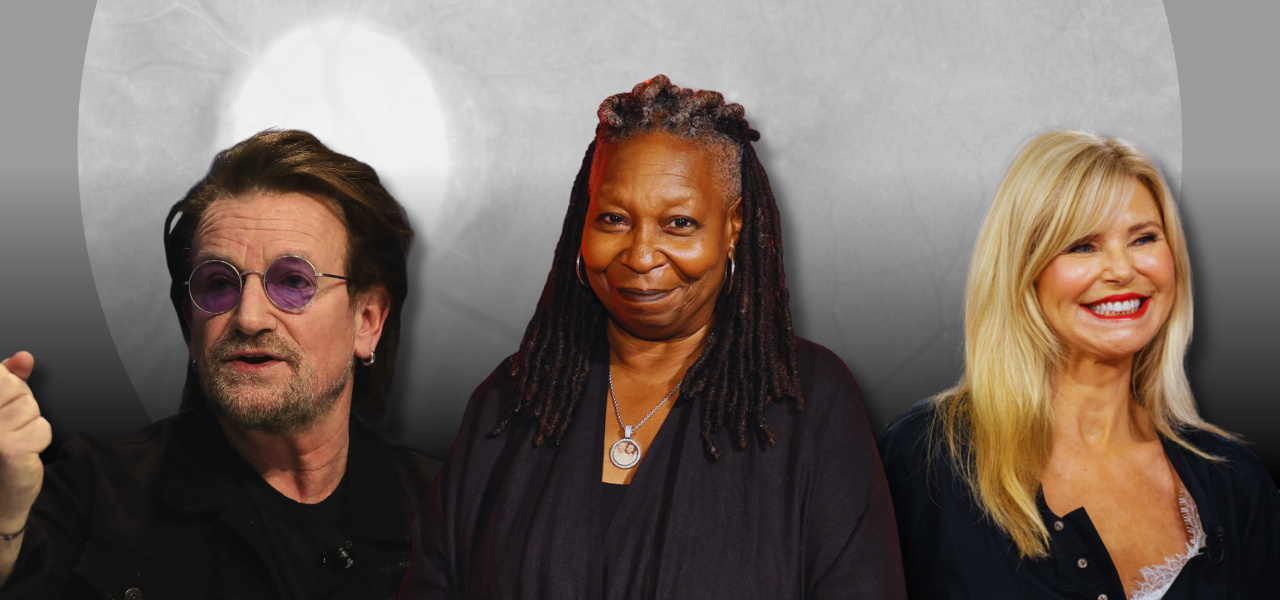Glaucoma – Unknown and Dangerous
For those who can see and read freely, the true worth of vision often goes unnoticed. Yet this gift is not guaranteed forever. Our sight, as natural as it seems, can be threatened by a silent enemy — glaucoma.
What Glaucoma Really Is

Medically, glaucoma is a group of conditions linked to increased intraocular pressure (IOP) that can damage the optic nerve. Left untreated, this damage may lead to irreversible blindness. Many still assume glaucoma concerns only the elderly, and even then, not everyone. This false sense of security means that most people visit an eye doctor only when they need new glasses, eye drops for dryness, or a certificate for a driver’s license.
Because of this, regular check-ups with an ophthalmologist may not seem necessary—especially for younger people. But this belief is dangerously misleading. Glaucoma is insidious, striking people of any age, gender, or background. When it arrives, the shock is twofold: the threat to vision itself, and the surprise that it could happen to us.
Why It Goes Unnoticed
One of the greatest dangers of glaucoma is that it develops silently. In its early stages, it rarely shows noticeable symptoms. By the time vision changes become obvious, significant, and permanent damage may already have occurred. Another factor is the common stereotype that a “healthy lifestyle” protects us from all diseases. Balanced nutrition, exercise, a good cup of coffee, or a glass of red wine—none of these guarantees protection against glaucoma. What truly endangers us is ignorance: not knowing the disease, not recognizing its risk factors, not valuing prevention.
Famous Cases That Didn’t Help Awareness

Even celebrity cases fail to change our attitude. U2’s Bono, supermodel Christie Brinkley, and Whoopi Goldberg all live with glaucoma. They learned of their diagnosis only through routine eye exams. For Bono, the dark glasses we assumed were a style choice turned out to be a medical necessity. Another famous musician, Ray Charles, is believed to have suffered from juvenile glaucoma, which doctors suspected contributed to his vision loss from childhood.
Juvenile glaucoma, no less stealthy than its adult counterpart, may occur in children as young as six. Its causes can be linked to the mother’s health during pregnancy, such as infections like rubella or influenza. Other contributing factors may include alcohol abuse, radiation exposure, or poisoning. Any of these could have played a role in Ray Charles’s early blindness. His mother’s words to him — “You’re blind, you ain’t dumb; you lost your sight, not your mind”—remain a reminder of human resilience.
Life Beyond Vision
Losing vision is not the end of life’s story. Even without sight, we are left with our intellect, abilities, and determination to continue. But prevention is better than adaptation.
Diagnosis and Prevention
Detecting glaucoma is possible only through specialized medical tests. Common methods include:
- Tonometry — measuring intraocular pressure.
- Ophthalmoscopy — examining the optic nerve.
- Perimetry — testing the field of vision.
- Optical coherence tomography (OCT) — detailed imaging of the optic nerve and retina.
These procedures are painless and often take only a few minutes, yet they can save a person’s vision
Treatment Options
Modern medicine offers several approaches to controlling glaucoma:
- Medicated eye drops to reduce intraocular pressure.
- Laser procedures to improve fluid drainage.
- Surgery in advanced cases to preserve remaining vision.
While damage caused by glaucoma cannot be reversed, timely treatment can slow or halt further progression.
Why Regular Check-Ups Matter
According to the World Health Organization, glaucoma is one of the leading causes of irreversible blindness worldwide, affecting over 70 million people. Many are unaware they have it until it is too late. Regular screening—especially for those over 40 or with a family history of the disease—is the only reliable defense.
